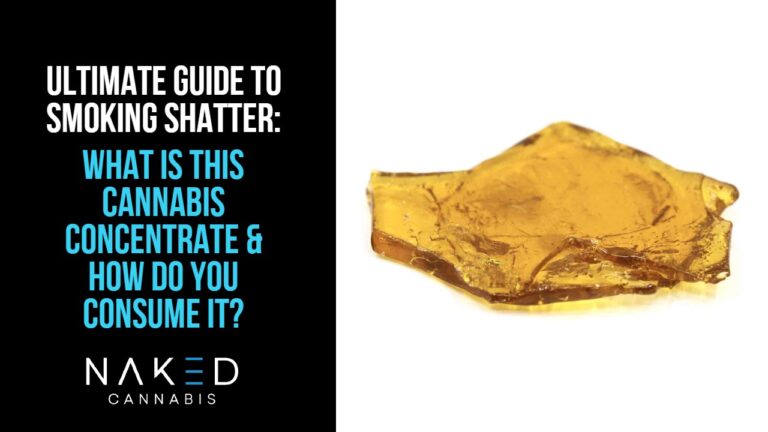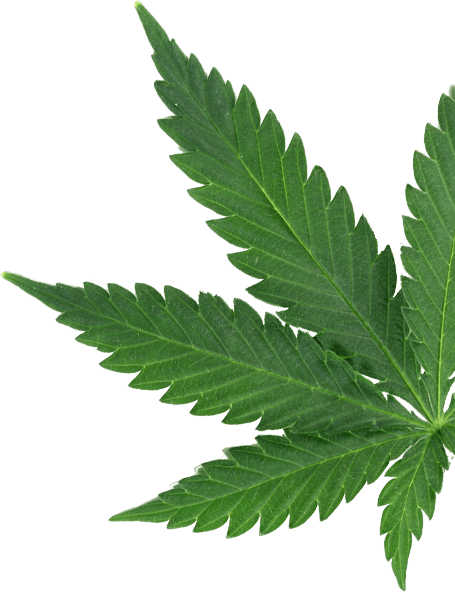Cannabis connoisseurs are constantly on the lookout for new and delicious marijuana strains to try. And with the explosion of new cannabis patents, there are a plethora of new and tantalising flavours making their debut in the cannabis industry.
Before 2016, new varieties were simply named, claimed, and offered for sale. However, starting at the end of 2016, cannabis plant patents have been granted by the U.S. Patent Office to 26 new varieties—forever changing the way we think about weed.
How Plant Patents Work
Plant patents—much like ordinary patents—are granted to inventors who “invent” a new kind of plant. In order to be granted a plant patent, the inventor breeds a variety of plant that is distinct from those that are currently known. This new variety must be able to reproduce asexually, through cuttings, and must not be a tuber-propagated plant or one that the inventor finds in the wild. The plants grown by cuttings are then clones of the original plant.
Benefits of Applying for a Marijuana Patent
When an inventor is granted a patent for a new variety of cannabis, they then have the exclusive right to “make, construct, use, and sell to others” any part of the plant and charge license fees for its use. Patent laws also protect the invention from infringement for twenty years, meaning that anyone who steals or copies their idea can be forced to pay damages or license fees.
Patenting a New Cannabis Strain
To patent new weed strains with the U.S. Patent Office, inventors must provide detailed information about the new strain, including:
- A description of the breeding program that was used to create the strain
- A classification of the new strain: C. sativa, C. indica, or a C. sativa x C. indica hybrid
- A list of the plant’s parents and their classifications
- Information about how the plant is propagated and grown
- A description of the new strain’s flowers, foliage, stem, and how the flowers are arranged
- The patent typically also includes a description of any features possessed by the new strain that are different to the parent strains or other known cannabis strains, such as:
- The chemical composition of the plant’s resin
- The most abundant cannabinoids and terpenes in the plant
- The plant’s height and width
- The plant’s colours and aromas
Meet the 26 New Marijuana Strains
2016
Ecuadorian Sativa (PP27,475)
Ecuadorian Sativa is a hybrid sativa x indica variety that came about when the inventor was cross-pollinating Celestial Temple Sativa and Island Sweet Skunk. It is described as having psychoactive energising and motivating effects.
2019
LW-BB1 (PP30,434)
LW-BB1 is an indica variety that was produced through an open-cross between DJ Short’s Blueberry and Black Berry Kush. It has lower cannabinoid levels and more terpenes than its parents and contains no detectable CBD.
CW2A (PP30,639)
CW2A is a hemp sativa variety that came about through a controlled cross between a female 1AC plant and a feral male hemp plant from Colorado. This cultivar is taller and narrower than the parent plants.
DD-CT-BR5 (PP30,668)
DD-CT-BR5 is a sativa cultivar that resulted from a female Sour Bubble plant and a male DDL19(2). The new cultivar has a much higher density of THC than its parents, at 22.3% THC.
2020
Lemon Crush OG (PP31,535)
Lemon Crush OG is a hybrid sativa x indica variety from a female B3 and a male S9. The cultivar is larger, more robust, and more pest-resistant than its parents.
Grape Lolipop (PP31,707)
Grape Lolipop is a hybrid sativa x indica variety from a female G2 and male C5P1. As well as being larger and more robust, Grape Lolipop has a higher THC:CBD ratio than either parent.
Primo Cherry (PP1,724)
Primo Cherry is a hybrid sativa x indica variety from a female WP01.P08.10 and a male B4.Y3P25.36. Primo Cherry is high in myrcene and a-pinene and it contains up to 15.24% THC and 7.13% CBD.
Cake Batter Cookies (PP31,752)
Cake Batter Cookies is a fertile sativa x indica cultivar that was bred in a breeding program. A product of a female K1 and a male 1681.20, Cake Batter Cookies has a higher level of cannabinoids, terpenes, and a higher THC:CBD ratio than either parent.
Holy Crunch (PP31,874)
Holy Crunch is a hybrid sativa x indica variety from a female R08 and a male P08P0104. The resulting plant is larger and more robust than its parents and smells of fuel, earth, and diesel-spice.
Raspberry Punch (PP31,917)
Raspberry Punch is a hybrid sativa x indica variety created from a female 18 and a male C11. It has an earthy aroma with floral overtones and contains 4.94-8.64% THC.
Rainbow Gummeez (PP31,918)
Rainbow Gummeez is a hybrid sativa x indica variety derived from a female B4 and a male P26. This new variety has a sharp scent that is fruity and sweet and a THC content between 4.37-7.87%.
MR2017002 (PP32,318)
MR2017002 is a sativa variety from Canada with 13% THC and 0.1% CBD. This California Orange x Skunk #1 cultivar is quite resistant to microbial growth and has a low number of intra-flower leaves.
Bihemp 050924 (PP32,473)
Bihemp 050924 is a hybrid sativa x indica variety from a female 05 and a male 09. This new variety has a sweet, pungent scent, a THC content between 0.21-0.43% and a CBD content between 5.02-10.86%.
2021
PAN2020 (PP32,725)
PAN2020 is a Spanish cultivar with an unusual cannabinoid profile. This variety has a high CBG content and no THC or CBD.
OG Citron (PP33,000)
OG Citron is a hybrid sativa x indica variety with an ambrosial fragrance. It contains 9.90-12.66% THC and 5.50-9.23% CBD.
MR2018001 (PP33,001)
MR2018001 is a Canadian sativa variety made from Afghani Hawaiian x Jamaican Landrace. It shows good resistance to microbial growth.
MR2018003 (PP33,002)
MR2018003 is a Canadian sativa variety with 16.77% THC and 0% CBD. It was created from Pakistan Chitral Kish Landrace x UK Cheese.
MR2018002 (PP33,073)
MR2018002 is a Canadian sativa variety with around 6% THC and 13% CBD. Similar to the other varieties with a similar name, this cultivar demonstrates good microbial resistance.
Anew (PP33,143)
Anew comes from a graft chimaera and is a cross between Cannabis ruderalis + Humulus lupulus. It has high levels of CBD and little or no THC.
Eighty Eight (PP33,162)
Eighty Eight is a hybrid sativa x indica variety from a cross between a femal Oracle x American Feral clone and a male from hemp seed Otto II. Eighty Eight is a stable child plant with a 31:1 CBD:THC ratio, which meets the <0.3% THC stipulated in federal cannabis laws.
Painted Lady (PP33,182)
Painted Lady is a hybrid sativa x indica variety with high CBD and low THC. This stabilised cultivar has a median CBD to THC ratio of 31:1, which makes it suitable for the production of hemp.
C2B (PP33,183)
C2B is a hybrid sativa x indica variety of hemp that was bred from high-performing hemp varieties. This cultivar has a unique cannabinoid profile, with a 25:9:1 CBD:CBC:THC ratio.
V3 (PP33,210)
V3 is an annual sativa variety that came from existing sativas from Morocco, South Africa, Malawi, and Durban. This variety displays a higher THCV concentration than its parents.
V2 (PP33,211)
V2 has the same genealogy as V3 except that it has shorter serrated leaflets than V3 and flowers later in the growing season.
V1 (PP33,212)
V1 has the same parents as V2 and V3. Compared to V3, V1 has shorter leaflets and a higher THCV: THC ratio. V1 also has a later flowering cycle than V3. V1 differs from V2 mostly in its colour.
Honey H-2018 (PP33,213)
Honey H-2018 is a sativa variety that resulted from a cross between Retro Boogie and Long Bottom Leaf. This variety has a sweet fragrance, high potency, and is more tolerant to fungal disease. Its THC concentration is high at 25-28%.
The Future of Cannabis Patents
As cannabis laws continue to open up and marijuana legislation allows intentional breeding, we can expect to see more and more new varieties of cannabis being granted patents. Whether the resulting cultivars are developed for their scent, cannabinoid levels, terpenes, or resistance to disease, these new innovations in cannabis research and development will propel the industry into the future.













